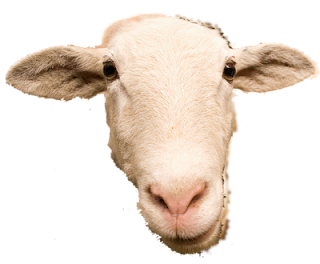?
?
?
[Latest update to this post: 20/03/14]
This thought process has taken up time ranging from several moments to perhaps even years.
...and next - you begin.
Each activity is time consuming to a lesser or greater degree but that simply relates to those activities.
Yet the passage of time has varying impacts on the art itself which may be so slight as to be unnoticeable through to being so impacting that the art is destroyed.
What am I referring to?
The art form, the materials and the finished product are all susceptable to the passage of time to varying degrees.
Even before use, paint drys or becomes discolored or even unusable having a defined lifespan affected by the end result of its manufacturing process - a shelf-life if you like, which is not always indicated or referred to on the product directly.
It is also affected by environmental conditions such as temperature, humidity, ambient light conditions, atmospheric and physical conditions.
Examples of such impacts:
- A hot, dry studio may dry out the clays and paints used by sculptors and painters.
- A humid environment may ruin the base material used in clothes making.
- A liquid paint applied to a vertical surface like a painting canvas may suffer from gravity impacting the end result as the paint dribbles down the canvas - admittedly sometimes desirable - but not always.
- Colors may fade quickly and unevenly if the light is strong or of a particular type - e.g. direct sunlight.
- An artists studio suffering from airborne smoke or other particles, or from (say) repeated strong noise and vibration from a nearby train, aircraft or even day to day road traffic may damage or ruin a given piece of art.
- Other airborne particles or chemical makeup may impact upon a piece of work. The airborne particles could be dust and dirt, grass cuttings, hair or fur from for example a pet dog or cat. The chemical makeup could be as simple as cooking smells and joss sticks through to deodorants and perfumes - or chemical output from a nearby factory.
- Whatever the case its impact upon artwork may not just be slightly damaging - it could ruin it either in the short term or over time.












